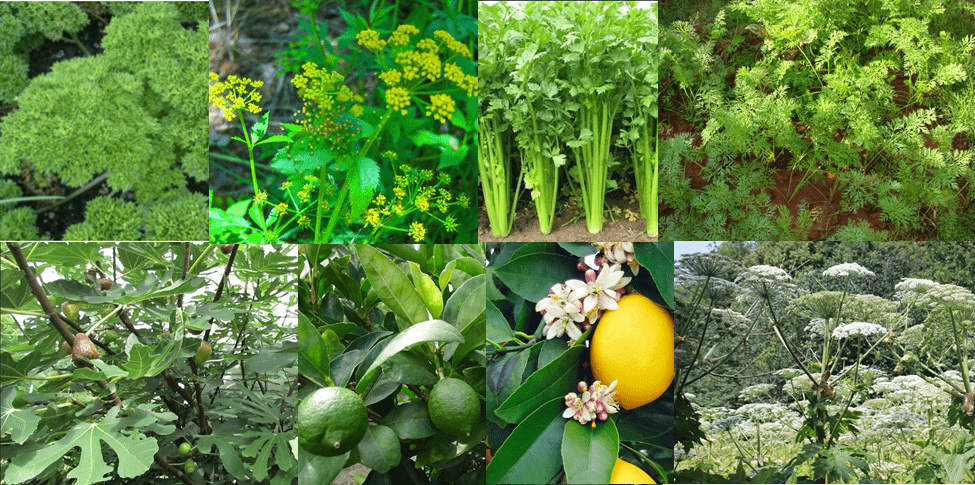Although the blog and podcast have been dominated by COVID-19 over the last few weeks there are always more things to learn beyond virology….
A man in his mid forties (although he looks much younger) presents to your Emergency Department over the Easter Bank Holiday weekend with a widespread purpuric rash, mainly over his right arm, anterior chest and knees. He is systemically entirely well (some would say almost too well considering his age), with no fever, headache or foreign travel (there’s a lockdown don’t cha know?).

The triage nurse, anxious about the purpuric nature of the rash, is about to do a full set of blood tests and move him to majors when you walk past and casually ask “so how is the garden looking now?….”
The dangers of gardening….
On further questioning you ask the patient how he has been spending the sunny bank holiday and he tells you (somewhat proudly) that he has spent two days strimming a large overgrown area alongside his modestly sized house. One day the weather was so glorious that he took his top off whilst doing it. So proud of his efforts is he that he forces you to watch a time-lapse of his efforts….
We’ve all seen our fair share of accidents with motorised garden machinery, but perhaps never seen a patient be attacked by a combination of plant sap and leaves and sunlight in the way this poor chap was….
What is Phytophotodermatitis?
I think most Emergency Physicians would admit that Dermatology isn’t our favourite topic, but there are times when we will be confronted by rashes that we may or may not recognise. And saying “it’s probably viral” may not be enough to reassure (especially with COVID-19 around).
Phytophotodermatitis is pretty self explanatory to latin scholars: Phyto (plant) – photo (sun) – dermatitis (inflammation of the skin). Certain common plants have chemical in their sap or on their leaf surface, which when activated by UV rays in sunlight (long wave UVA) cause a contact dematitis affecting the epidermis and subsequent pigmentation by epidermal and dermal melanosis.
Plants that an cause phytophotodermatitis include parsnips; celery; carrots; parsley, figs; lemon; lime and the likely culprit in this case: hogweed1.

During the initial stage (when patients most likely to seek medical advice) there is an acute inflammatory phase, characterised by reddened itchy blisters in exposed areas. One of this patient’s downfalls was his vainty and desire to get some sun on his back.
During this phase a steroid cream (such as dermovate) may be helpful at dampening down the inflammatory response, whilst antihistamines can ease the itching and simple pain relief for the painful exposed areas when blisters pop.
Long term there may be some bizarre pigmentation of the skin due to the melanocyte activity, which can take weeks or even months to settle.
So the moral of this story – stay fully clothed if you’re really going to insist on gardening.
All best,
Iain
PS – full consent was gained for publication of the patient photo. Because the patient is me. Idiot that I am…..
- 1.Oakley A. Phytophotodermatitis. Phytophotodermatitis. https://dermnetnz.org/topics/phytophotodermatitis/. Accessed April 10, 2020.

